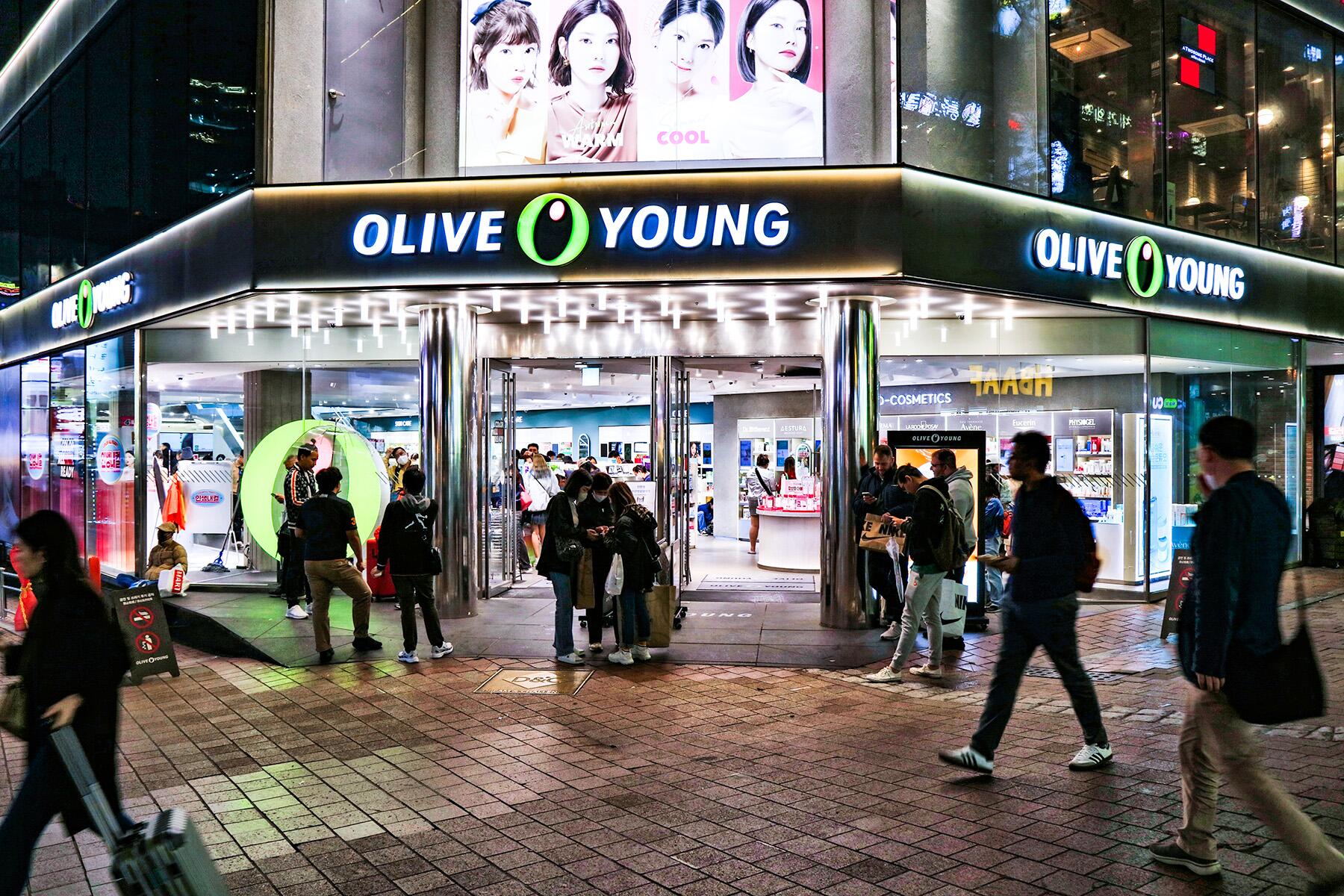With cycling lanes, easy rental access, and even right of way for cyclists, these cities make getting around on two wheels easy.
Urban cycling on vacation is a great way to experience a city from a local perspective, be eco-friendly and see even more in a day. More and more cities encourage travelers to be green by introducing dedicated cycling lanes, easily accessible bike rental schemes, and special cycle trails along sights and through parks. Some places are simply perfect for cycling and in our world’s most bike-friendly cities, you’re only one ride away from having a great time.
Copenhagen
WHERE: Denmark
Cycling in Denmark goes back a long way. Already in the 1880s, using bikes to move around Copenhagen was the easiest, healthiest, cheapest and fastest way – and it still is. Cycling is the preferred mode of transport in the city, with more bikes than inhabitants. The Danish capital has more than 280 miles of cycle tracks and traffic lights during rush hour favor cycles over cars (in fact, only 29% of Copenhageners own a car). Copenhagen is also home to a Cycle Superhighway from the suburban town of Albertslund to the city center, as well as various bicycle bridges over motorways and canals.
Amsterdam
WHERE: The Netherlands
Amsterdam is possibly the world’s most famous cycling city. Not just the 800,000 locals commute on bikes, but the flat terrain also makes cycling in the narrow, winding streets of the city’s historic 17th-century center a fun activity for visitors. Exploring the city on a bike lets you see more in a day, but it’s best to avoid the commuter rush hours (8-9 am and 5-6 pm), when there are thousands of bikes on the road or you might get stuck in big queues at junctions. Dozens of cycle tours are available from city sightseeing to countryside excursions for close-ups of windmills and tulips.
Recommended Fodor’s Video
Portland
WHERE: Oregon
Oregon’s largest city is considered the traditional cycling center of the US and has the highest proportion of commuters by bike in the country (around 7%, in comparison Copenhagen has 35%). Portland’s Biketown bike-sharing scheme features 1,000 bright orange bikes at 100 stations and it costs as little as $2.50 to rent one. Known for being eco-conscious and forward thinking, Portland has a world-class cycling infrastructure with “bike boulevards,” downtown cycle lanes, and even a bike-friendly airport. PDX offers a dedicated bike assembly station so you can disassemble and reassemble your bike before and after a flight.
Seville
WHERE: Spain
It may be a surprising city on this list but with Seville, there’s a new kid riding on the block. Unlike the rest of Spain, cycling in Andalusia’s capital has increased more than tenfold in only a few years. Today, there are 70,000 bikes used every day in Seville, a huge leap from the 6,000 about a decade ago. Initiatives include central boulevards being closed to all but cycle, tram, and taxi traffic as well as the introduction of a city-wide cycle-hire scheme. Due to the warm climate (often over 100 degrees Fahrenheit in summer) cycling might never become the most popular mode of transport in Seville, but it’s a great option for the cooler months.
Gent
WHERE: Belgium
Few cities are as passionate about cycling as Gent. Not only has the local tourist office created differently themed routes to make sure visitors see many of the famous sites, but most importantly, cyclists have the right of way. Additionally, on Belgium’s first cycle street, cars were demoted to “guests” and must stay behind bicycles. There also more than 700 one-way streets where it’s legal to go against the traffic, and since the terrain is mostly flat, it’s easy to burn those Belgian waffles and chocolates off. Ghent also hosts a six-day cycling event every November.
Montreal
WHERE: Canada
Montreal has long had a reputation as a bike-friendly city, not least because protected lanes were established in the late 1980s. However, cycling in the Canadian metropolis has a few drawbacks. It’s hilly and the long winters are freezing cold which leaves the roads regularly damaged. Still, cycling is popular in Montreal with 5,000 Bixi public-hire bikes and nearly 150 miles of cycling lanes which are separated from motor traffic. All together, there are more than 1,000 miles of bike paths in and around the city, including along Lachine Canal, a favored scenic trail.
Berlin
WHERE: Germany
Traveling by bike makes distances seem smaller, especially in a spread out city like Berlin. In Germany’s capital, bicycles account for around 13% of daily traffic, and an increasing number of visitors enjoy getting around on two wheels, especially along the Berliner Mauerweg. The Berlin Wall Trail is a circular route which traces the former GDR fortifications surrounding the western part of the city. Other popular cycling spots are the Tiergarten (it’s legal to cycle in parks) or Berlin’s many lakes. To get there, you simply jump on the tram or underground, as it is possible to take a bike on public transport with a bike ticket.
Buenos Aires
WHERE: Argentina
In only a short amount of time, Argentina’s capital has greatly improved the cycling infrastructure by creating over 87 miles of bike lanes and a bicycle sharing system (Ecobici) which offers bikes for free around the clock. The tourism board of Buenos Aires offers several free cycling tours through the varied neighborhoods and past famous sights, sidewalk cafes, old buildings, and bright murals. Since the city is mostly flat, cycling is the quickest and most pleasurable way to get around. Beware of hazards on the lanes such as dog walkers, trash, rollerbladers, and joggers.
Strasbourg
WHERE: France
Strasbourg is France’s number one cycling city with the largest cycle network in the country and around 14% of the city’s population are bikers. The old town is mostly car-free and cyclists can also ride in its surroundings along canals and through various parks and gardens. The surroundings of Strasbourg make up the Forts Trail, a Franco-German cycle route along both sides of the Rhine River. The 52-mile long trail covers countryside, forests, grassy hills, and 19 fortifications that gave the route its name.
Malmö
WHERE: Sweden
Sweden’s third-largest city has spent millions of krona on boosting bicycle use with campaigns such as “No Ridiculous Car Trips.” Every fourth trip in Malmö is made by bike and with its flat terrain right next to the Baltic Sea great views while cycling is a given. Popular spots include Kungsgatan (a long road divided by green spaces), the southern end of Ribersborgsstigen, and Pildammsparken Park. Alternatively, you can cycle about 12 miles through the lush southern Sweden countryside to Lund, another bike-friendly city.
Kyoto
WHERE: Japan
Kyoto is often voted Asia’s most bike-friendly city and it’s easy to see why. The terrain is flat, rental bikes are easy to come by, and traffic is orderly. Many locals commute to work by bike–in the morning women in pencil skirts and men in suits are a common sight! Kyoto’s grid pattern makes it easy to navigate and small alleyways allow for quick shortcuts which are inaccessible to cars. A few things to consider if you choose to cycle here: use the sidewalks where they exist (it’s legal to do so) and a bell to clear the way, switch on the light at night time, and always remember that traffic drives on the left in Japan.
Kaohsiung
WHERE: Taiwan
In a country that is mostly known for scooters and busy streets, Kaohsiung is the most bicycle-friendly city in Taiwan. The local government has made an intensive effort to encourage cycling by creating a growing network of bike lanes (nearly 100 miles) and the introduction of self-service bike rental kiosks outside of transit stations. More than 50 rental stations are part of the City-Bike (C-bike) program. With ambitious plans for the feature, Kaohsiung is certainly one of the best places for urban cycling in Asia.




